-
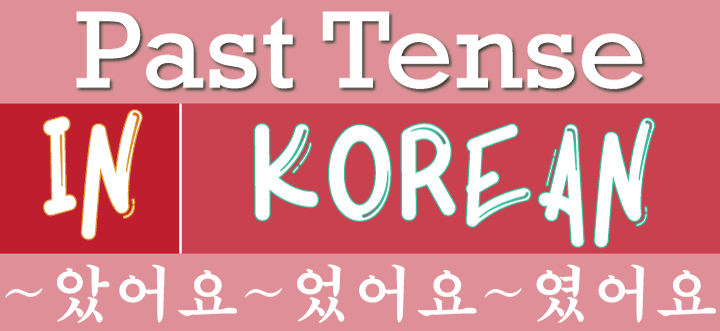
Past Tense in Korean
How to Conjugate Past Tense in Korean This lesson will teach you how to conjugate the past tense in Korean. All Korean verbs end in 다. Verbs usually are not used in this form and need to be conjugated. The 다 ending is dropped before conjugation. You need to conjugate the verb based on Korean…
-
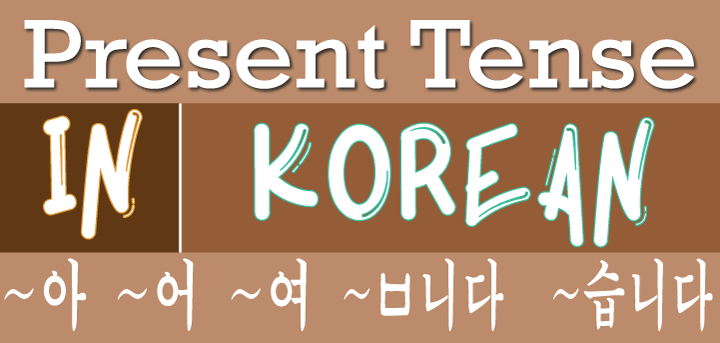
Present Tense in Korean
How to Conjugate Present Tense in Korean This lesson will teach you how to conjugate the present tense in Korean. All Korean verbs end in 다. Verbs usually are not used in this form and need to be conjugated. The 다 ending is dropped before conjugation. You need to conjugate the verb based on Korean…
-
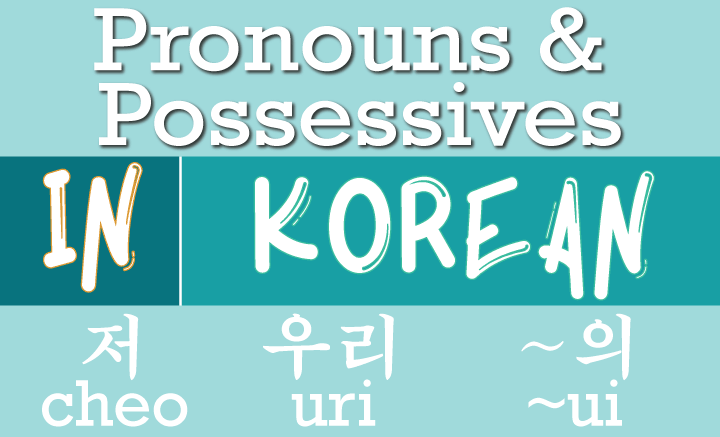
Pronouns and Possessives in Korean
Pronouns and Possessives in Korean Pronouns and Possessives in Korean are very important tools. Pronouns include words like I, me, she, you, and more. Possessives include words like my, your, Jim’s, and more. Pronouns and possessives are often dropped when speaking if they are understood with context. This takes some time for you to get…
-
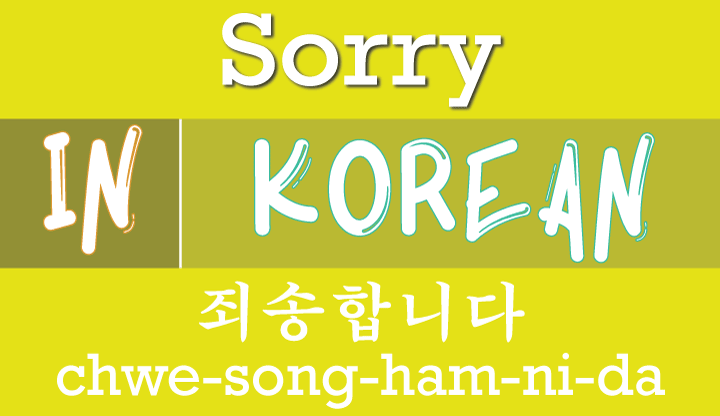
How to Say “Sorry” in Korean
How to Say “Sorry” in Korean “Oops, I dropped kimchi on your new white shoes! Sorry.” Sometimes a situation arises when you need to say “Sorry” in Korean. This lesson will teach you how to apologize in Korean. There are two main words used to say “Sorry” in Korean: 죄송합니다 (chwe-song-ham-ni-da) Honorific Korean Level…
-
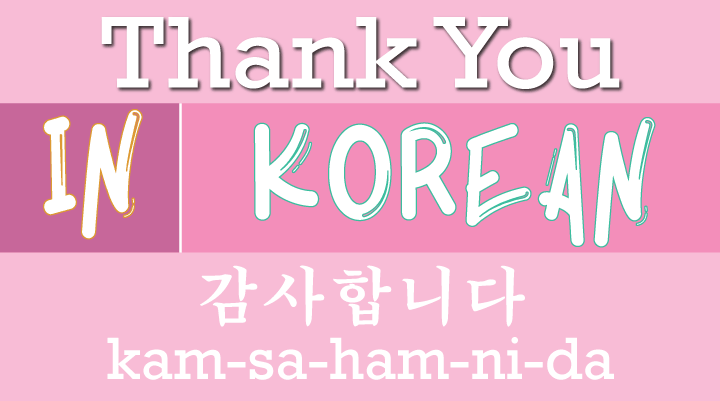
How to Say “Thank You” in Korean
How to Say “Thank You” in Korean One of the most important phrases in any language is “Thank You.” People that say “Thank you” or receive appreciation from others are happier than those who don’t. So let’s learn How to Say “Thank You” in Korean. Honorific Korean Level 감사합니다 (kam-sa-ham-ni-da) is “Thank you” in Korean. …
